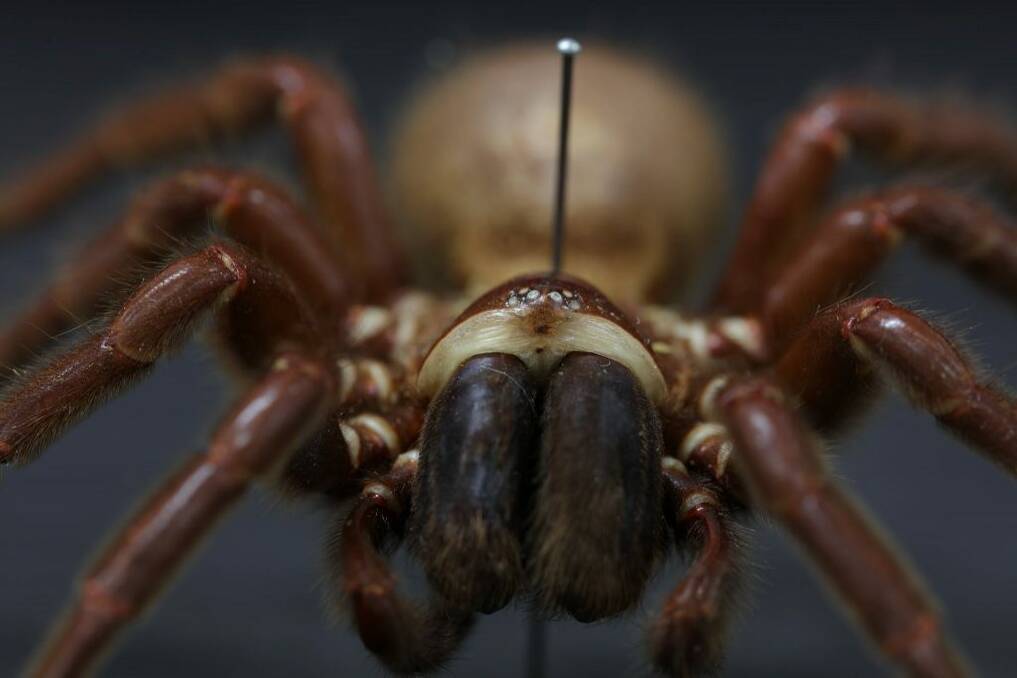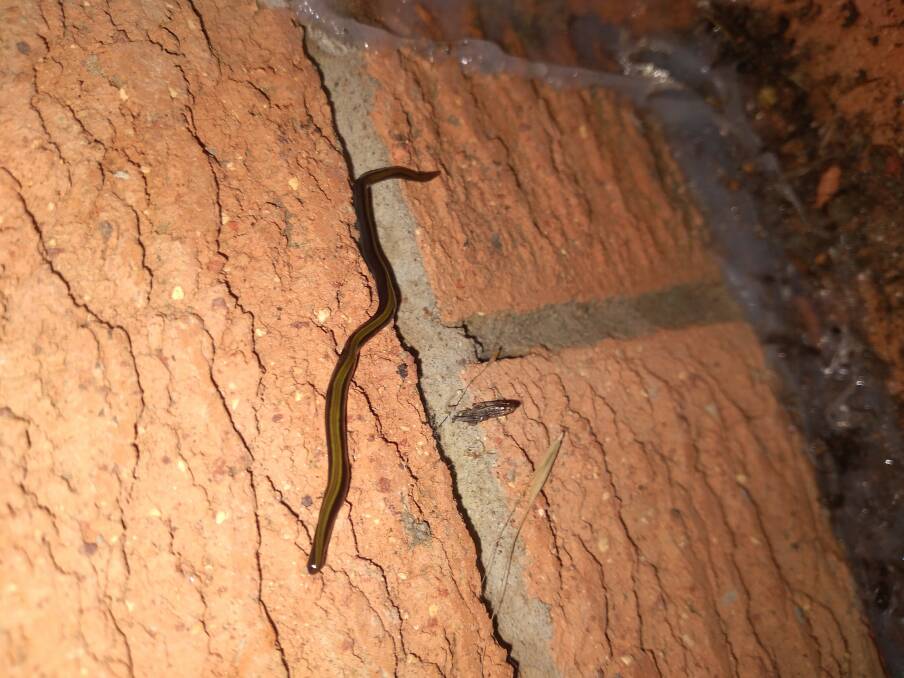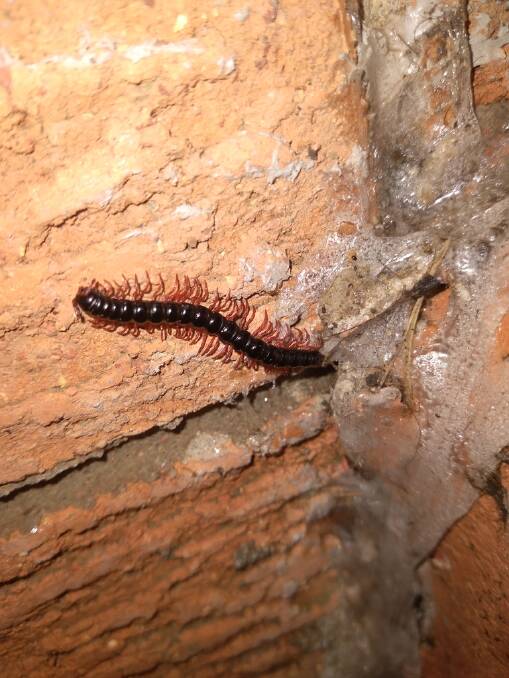
WET weather and flooding, followed by a hot spell, has created perfect conditions for an infestation of the deadly funnel-web spider in the NSW Hunter region and greater Sydney - but here in New England, it is business as usual for our venomous species.
Subscribe now for unlimited access.
$0/
(min cost $0)
or signup to continue reading
The Sydney funnel-web spider is a species of venomous mygalomorph spider native to eastern Australia, usually found within a 100 km radius of Sydney.
The Northern tree-dwelling funnel-web spider (Hadronyche formidabilis) is the biggest of the funnel-web spiders (up to 5cm long) and probably delivers more venom than its Sydney cousin. They are found from south east Queensland to the Hunter River.
"They only come out of their burrows if they are flushed out, so if there has been a bit of a deluge, you might see them on the move, but I don't think many people would come across them up here because they don't live in the ground like the Sydney funnel-web," she said.
"They are not the sort of thing you see just wandering in the paddocks."
However, with the coming cold season and an increase in firewood collecting, we need to be aware of their typical habitat Ms Saunders said.
Northern tree-dwelling funnel-web spiders live mainly in tree hollows and rotting cavities where they prey on large invertebrates and small vertebrates like skinks.

"They are likely to be found where native vegetation and dead wood is lying around," she said.
"Don't just pick things up without checking first.
"The same thing goes if you are rooting around in leaf litter or if you have lots of deadwood in your garden, look where you are putting your hands and wear thick gloves.
"There is speculation that they might be more venomous than the Sydney funnel-web because they are larger, but they are not coming after us.
"They are probably only going to attack if you put your hands in their nest."
Anyone bitten by a funnel-web spider should stay as calm as possible, apply the correct first aid - a pressure immobilisation bandage - and get to hospital as fast as possible.
Rain always brings lots of invertebrates out, especially those living in the soil, because it gets so saturated, Ms Saunders explained.
"Earthworms, millipedes and land planarians are more likely to be looking for somewhere that is a bit more suitable right now, and they are generally fine if you don't touch them," she said.
"If you are getting lots of millipedes in the house, you can just sweep them out - they don't bite."

NSW SES has also warned residents to keep an eye out for snakes around their properties after the heavy rains.
While not her area of expertise, Ms Saunders agreed that autumn is a season when you would normally see snakes, but they are also out and about because things are so wet.
"Most things do get on the move with this much rain as their normal hiding places get flushed out," she said.


